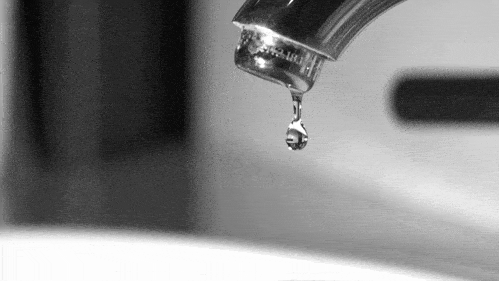
The World Economic Forum has identified water as one of the key causes of conflict in the world. The mitigation of this risk requires finding solutions to the growing demand for drinking water, the decreasing quality of water due to pollution and the effects of flooding and extreme climate events. Its importance is such that “Clean water and sanitation” is the United Nation’s sixth Sustainable Development Goal.
What is the water footprint?
The concept of “water footprint” is growing increasingly familiar. Although it may at times seem relevant only for companies, each one of us has an impact on the sustainability of water. In other words, it is an indicator for the use of fresh water that refers both to direct and indirect use by the consumer (each individual person) and producers of goods and services.

Although reference to the indicator has grown in recent years, it was in fact a concept introduced by Professor Arjen Hoekstra from UNESCO-IHE (Institute for Water Education) as an alternative indicator for water use. It led to the creation in 2008 of the Water Footprint Network, the mission of which is to define a strategy for the water footprint, develop and communicate the concept, and design methodologies and tools for measuring it.
What’s the difference between direct and indirect water use?
Water use is measured according to volume consumed, evaporated or polluted, in relation to:
- Unit of time for consumer (individuals or communities).
- Unit of mass for companies.
The type of consumption is also considered:
- Direct consumption of water: for example, when we drink water, when we cook or when we wash ourselves; when we use the washing machine or do the dishes. Or water used for washing the car, watering the garden, or water given to our pets, for example. In the case of a company, the water used or polluted for manufacturing a product. Or the actual product as an ingredient.
- Indirect consumption of water: this refers to all the water required for electricity, fuel, or the water contained in the products we consume, be it a beef steak or the packaging used; and, of course, in the waste generated.
Ferrovial’s water footprint
Given its role as consumer and supplier of water-related services, Ferrovial started measuring its water footprint in 2015. It was a project in two stages. The first stage designed a method for calculating and reporting on water consumption and discharge; and the second stage involved an analysis of water-related risks and opportunities.
Using the principles contained in The Water Footprint Assessment Manual (WFM) – written, amongst others, by Arjen Hoekstra – as well as in the Global Water Tool (GWT) and GRI-G4, we developed a methodology for measuring the footprint, taking into account issues such as water stress in the country, the impact on water resources, and the quality and accessibility of water.
What are the three indexes used to measure our water footprint?
Ferrovial’s water footprint comprises three indexes:
- Business Water Index (BWI): footprint relating to the consumption of water and water discharged in the course of the activities carried out by each of Ferrovial’s business areas. It should be pointed out that a license is required for taking water from water sources, setting limits to the volume of water that can be used, which must always be below the maximum threshold set by the relevant authorities. For this reason, it is considered that the volume of water used by Ferrovial under such licenses does not significantly affect existing water resources.
- Water Treatment Index (WTI): the impact on Ferrovial’s water footprint of Cadagua’s water treatment processes and the treatment of leachates to landfill by Ferrovial Services and Amey. In 2016, consumption of recycled and reused water was as much as 1,006,348.54 m3!
- Water Access Index (WAI): The impact on Ferrovial’s water footprint of social action water supply projects in developing countries, within the framework of the company’s social activities.
In 2016, we published the figure of our Water Footprint for the first time, covering all our activities. We also submitted such data to the CDP index, achieving an A- classification in the Water category, in recognition of the company’s strategy and performance.





There are no comments yet